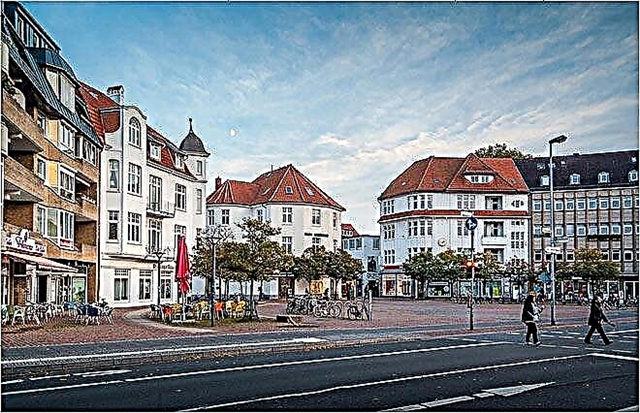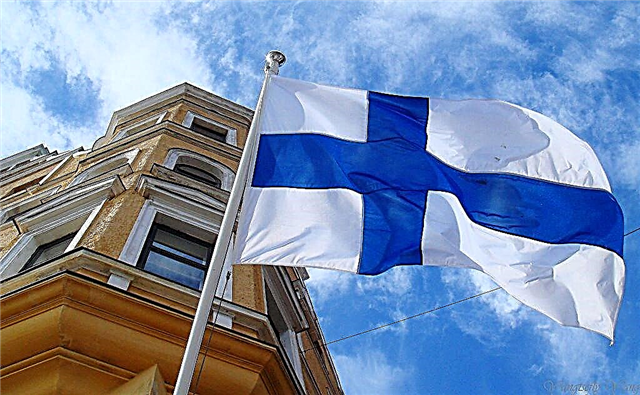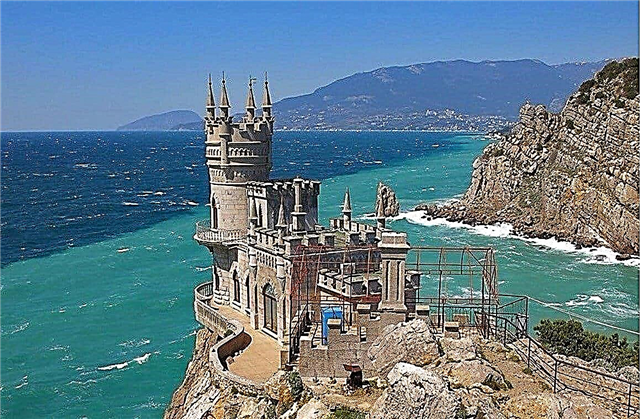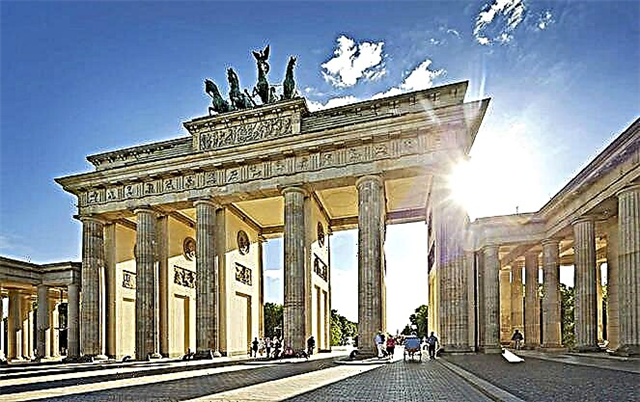The Brandenburg Gate is the same symbol of Berlin as the Eiffel Tower in Paris, the Colosseum in Rome or the Tower of London. They are the most recognizable Berlin landmark, which laid the foundation for the construction of the city in the style of the so-called Berlin Classicism. The Brandenburg Gate, one of the tallest buildings on Paris Square, is located in the heart of Berlin and is connected to the royal residence by Lipova Alley. In 2021, the Brandenburg Gate turns 227 years old.

Brandenburg Gate - from creation to modern times
The main Berlin landmark was erected by order of the King of Germany, Friedrich Wilhelm II. Starting in 1791, the Brandenburg Gate was built almost continuously for three years under the guidance of the Prussian architect Karl Gotthard Langgans. It is he who owns the project, the model for which served as the gate of the Acropolis in Athens.
Initially, it was thought that the gate would become a symbol of peace, so they were called the Gates of the World.
According to the architect's plan, they were going to be painted white before opening. Historians believe that such a decision was recommended to the architect by Johann Gottfried Schadov, who was decorating the main Berlin landmark. According to the surviving documents, it was Shadov who proposed to decorate the gate with the goddess of peace, Irene, sitting on a chariot drawn by four horses. A sculptural group six meters high stands on top of an arch facing the eastern side of the capital.

According to rumors, Napoleon Bonaparte liked the sculptural group so much that after his conquest of Berlin in 1806, the sculpture was transported to Paris. True, after eight years she was recaptured and returned back. From that moment, instead of an olive branch, the goddess had a cross in her hands and she was renamed Victoria - the goddess of victory.
Already in the twentieth century, the building became a symbol of the absolute power of Hitler's party in Germany. During the Second World War, the gate was significantly damaged and was completely restored only in the 50s. At the same time, the statue of Irena-Victoria was also destroyed, which the sculptors were able to restore almost in its original form from the remaining original casts.
After the war, the Brandenburg Gate became part of the Berlin Wall, and after its destruction it became a symbol of the reunification of West and East Berlin.
It was through these gates that the Deputy Minister of the GDR Hans Modrow went out to meet the German Chancellor Helmut Kohl.
Today, guests and residents of the city visit the Brandenburg Gate on Paris Square to remember the lessons that history has taught Germany.
Concerts, holidays, demonstrations are also often held near the gates. For example, during the FIFA World Cup in Germany, parties were organized in front of the gates for fans and matches were broadcast live.
Architectural symbolism of the Brandenburg Gate
Until the middle of the 19th century, Berlin was surrounded by a customs wall, through which 18 gates could be used. Over time, they were dismantled, and the last remaining ones became a real architectural symbol of a united Germany.
The Brandenburg Gate in Germany is a triumphal arch, from which a new era of the German capital began, the construction of the architectural appearance of Berlin.
After the wars with Napoleon, the Brandenburg Gate marked the victory over Napoleonic France when the quadriga was returned to Germany from Paris.
In the 1930s and during World War II, they became a symbol of the greatness of Hitlerite Germany, and after defeat - a symbol of its collapse.

Now the Brandenburg Gate symbolizes peace and a united Germany, since it was here that the heads of the GDR and the FRG met for the subsequent unification of the country.
In many tourist avenues, the Brandenburg Gate is a key symbol of Berlin. Previously, the German flag was raised above them, but now it has been decided to do without state symbols.
What is the Hall of Silence
In the northern part of the Brandenburg Gate there is a small building that used to be a guardhouse. Today, a Hall of Silence has been arranged there, where everyone who wants to remember the dead comes. There is complete silence in the room so that those who come can think about the lessons of German history.
How to visit the Brandenburg Gate
The Brandenburg Gate is a favorite tourist attraction that has survived the cycle of history. You can look at them from the central districts of the capital, Mitte and Tiergarten. The gate is located between the city park and Unter den Linden street.
The Brandenburg Gate looks most beautiful after sunset. Thanks to modern illumination, they shine with new colors. It seems that the columns and the quadriga seem to move at dusk.
Parisian square is extremely popular with street performers, youth and travelers, which is why it is crowded there. Least of all tourists in the early morning.
How to get to the Brandenburg Gate
The Brandenburg Gate is located in the heart of the city, making it easy to get there. The address of the building is Pariser Platz, 10117.
Not far from the square where the gate is located, there is the Brandenburger Tor underground station, which can be reached by taking the U55 line from Central Station.
In addition to the metro, S-Bahn trains run to the square. For those traveling by private transport, please note that parking near the Brandenburg Gate is prohibited.
Conclusion
The Brandenburg Gate is one of the main attractions in Germany and the main attraction in Berlin. Tourists from all over the world come to see this majestic building. Throughout its history, the gate has been rebuilt and restored several times. Now the Brandenburg Gate is a symbol of peace and unity in Germany.











